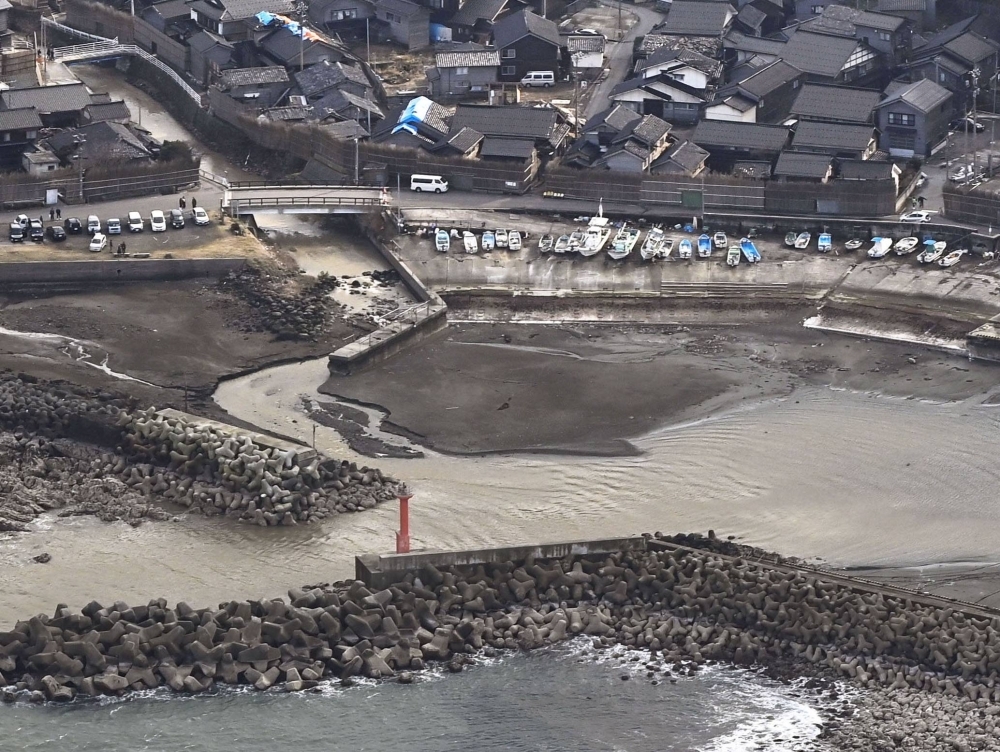The magnitude 7.6 quake that struck on New Year’s Day was caused by a movement of active faults in the sea off Ishikawa Prefecture's Noto Peninsula that had been dormant for 3,000 to 4,000 years, Japanese experts have said.
Researchers told a symposium hosted by Tohoku University on Tuesday that the slipping of a belt of active faults on the Noto Peninsula and the Sea of Japan explained the big jolt — which registered a 7 on the Japanese seismic intensity scale, the maximum level — as well as a tsunami that hit the shores soon afterward.
“While each active fault is short, a group of them have formed a band stretching over 100 kilometers,” said Shinji Toda, a seismologist at the university. “The active faults are right beneath the peninsula, and also in the sea, thus causing the strong jolt on the ground and the big tsunami.”



